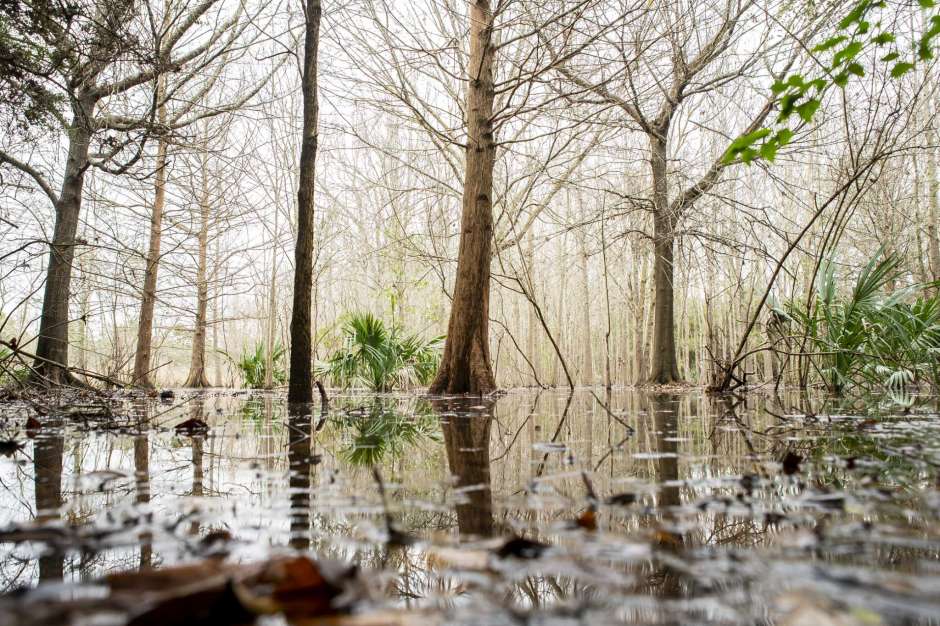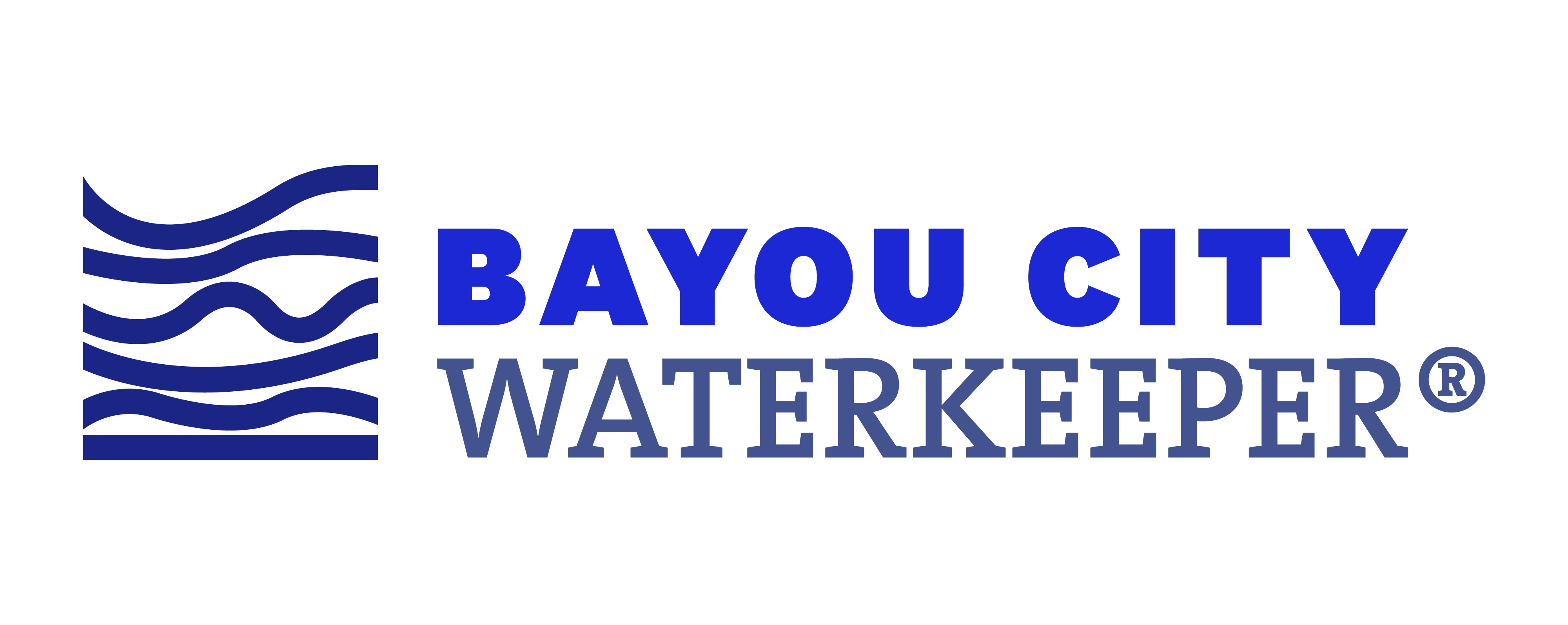This op ed, authored by Jordan Macha and Kristen Schlemmer, appeared in the Houston Chronicle on January 29, 2020.
***

Trump administration rule could worsen flooding by removing protections for our wetlands [Opinion]
by Jordan Macha and Kristen Schlemmer / January 29, 2020
By removing protections to local wetlands under the Clean Water Act, the Trump administration’s new Waters of the United States rule exposes our region to new flood risks.
Throughout the Houston metro area and out to the coast, wetlands play a key role in protecting against floods, while also providing wildlife habitat and filtering surface water that makes its way into the city’s drinking water supplies. With Texas made up of mostly privately-owned land, rules to protect these natural landscapes, and the benefits they offer to the public, matter.
Houston famously was founded in 1836, nearly 150 years before the passage of the Clean Water Act, by the Allen brothers: two real estate developers intent on manipulating a wet landscape into a place people would be willing to call home. Since then, Houston has been developed and redeveloped, and developed once more to accommodate a growing population — aided in part by technologies that make life here more comfortable, like air-conditioning.
The result: Almost no wetlands remain in the oldest and most developed parts of our city around Buffalo Bayou, White Oak Bayou and Brays Bayou. Had wetlands fringing our bayous been left in place, some of the worst flooding over the last decade could have been avoided.
The Clean Water Act’s rules governing development over wetlands, only recently modified under the Obama administration to expand protections for local wetlands, are intended to avoid these impacts. Before beginning construction, developers must plan their projects to avoid impacts to wetlands with a connection to federal waters — like the bayous found across our city. Where that isn’t feasible, they must enhance existing wetlands and flood detention or create new wetlands.
While this process has been far from perfect in the greater Houston area, these basic protections provide a safeguard to overdevelopment in these natural areas and accountability to residents already living within these watersheds. By gutting these basic watershed protections, the Trump administration will potentially cause significant harm to communities across the greater Houston area.
The change poses the greatest threat to the eastern parts of our region, where relatively pristine expanses of wetlands remain intact — including around Trinity Bay, the San Jacinto River’s East and West forks and Cedar Bayou. As the Grand Parkway continues to be built out to the east of Houston into Liberty County, these wetland-dense areas will be especially vulnerable to rapid development, particularly under the administration’s new rule, which amounts to a rollback. Without any other rules to place common-sense limits on this development, these remaining wetlands may be lost.
We already know what happens when development regulations aren’t consistently applied or enforced: New developments are built in flood zones, removing natural flood protection for neighboring communities and creating new hazards. Ongoing development in the western portion of the Grand Parkway has filled in and paved over the mosaic of wetlands that connects to the Katy Prairie, increasing long-term flood risks while physically raising homes out of the floodplain. In the new Woodridge Village development in Kingwood, residents have raised concerns that a developer bypassed the Clean Water Act’s previous protections to clearcut 268 acres that included well-documented wetlands. Already, local residents contend, this new development has flooded existing neighborhoods twice. In the southeast, the residents of Bayou Brae, a small middle-class subdivision built in League City in the early 1960s, are concerned that a neighboring development built over several acres of wetlands will flood their previously safe community in the next big storm.
It may be that the Trump administration’s new rule falls flat under the weight of legal challenges, which are already under way. If not, due to an absence of protections (and, presumably, antagonism) at the state level, it will be up to local municipalities and counties to fill the gap. Development regulations restricting development within the floodplain, such as those passed in the city of Houston and some local counties post-Harvey, offer a good, but imperfect start for our urban core. These protections do not explicitly require wetlands to be preserved and could result in them being filled in to raise new property above the floodplain, creating new risks for neighboring communities. Further, they won’t mean anything if developers do not consistently comply with them.
Meaningful resilience requires all of us — residents, our local governments, and, yes, developers as well — to take steps to limit the worst effects of flooding and storm surges. Stripping protections for wetlands undermines that goal – and sets the stage for disaster when the next Harvey, Imelda, or other unnamed heavy rainstorm comes our way.
Macha is the executive director and waterkeeper for Bayou City Waterkeeper, and Schlemmer is the organization’s legal director. Bayou City Waterkeeper works to protect and restore local wetlands throughout the Greater Houston-Galveston region.
